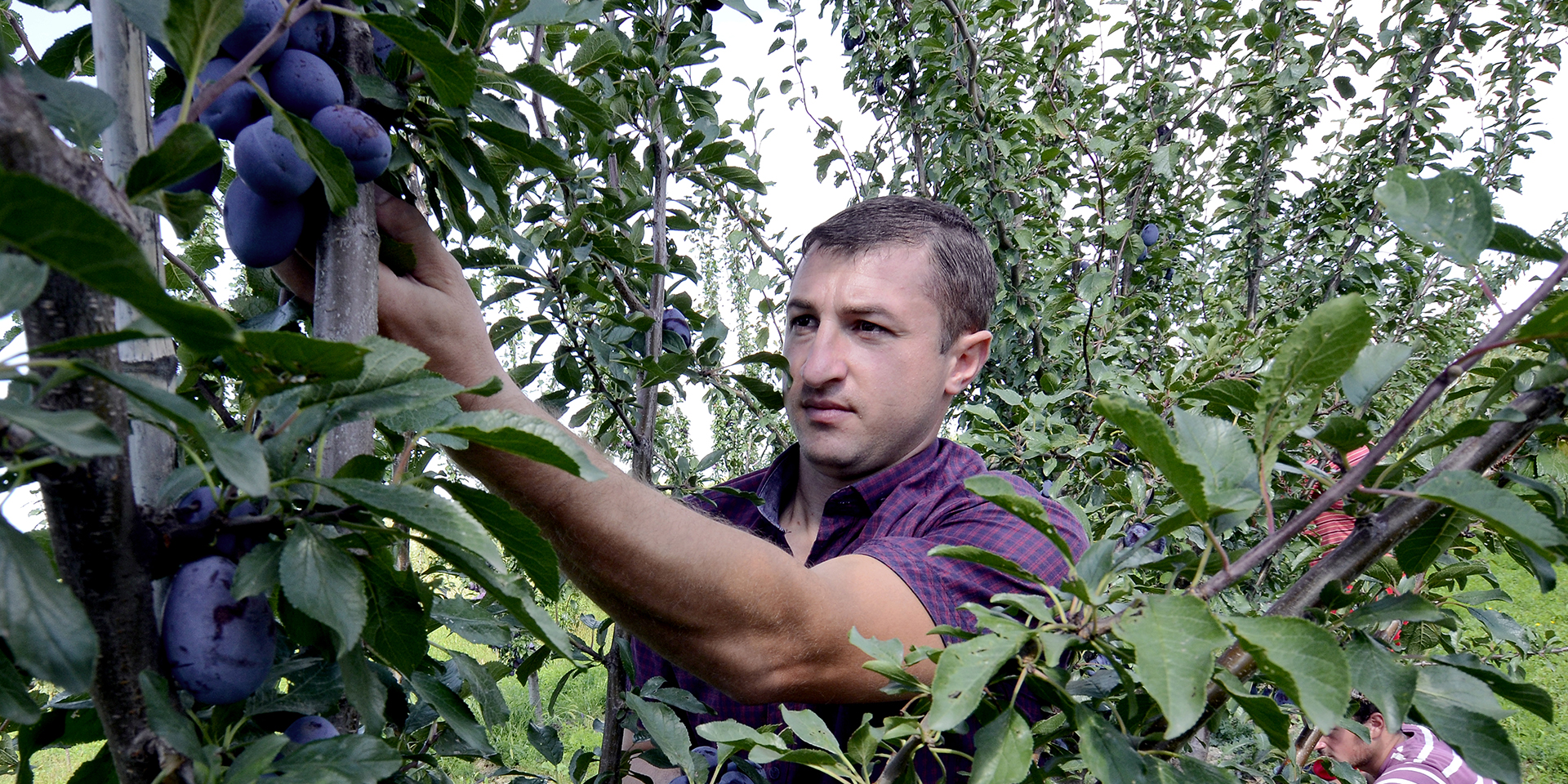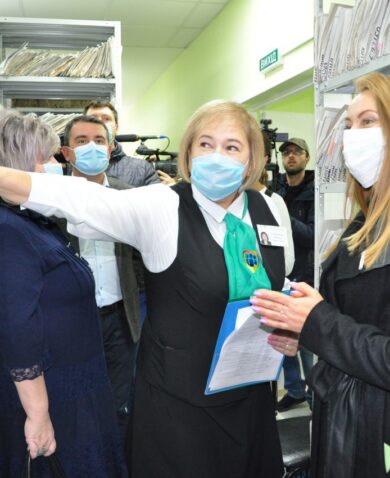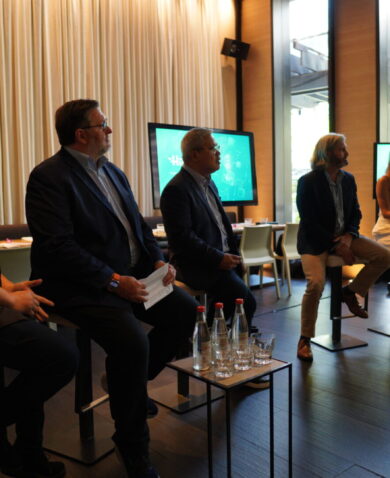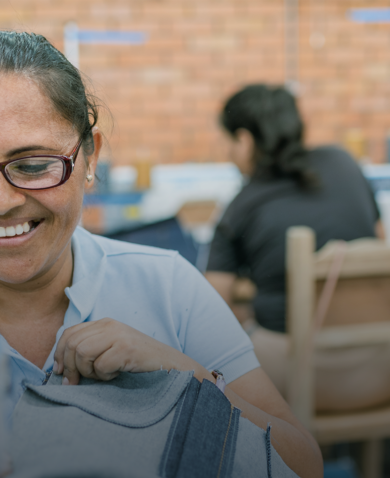A local economic development program, the initiative also works to reduce poverty in rural households in Georgia and to strengthen the country’s value chains. To jump-start the local strawberry sector, the New Economic Opportunities Initiative first provided a grant to 10 smallholder fruit farmers, Nana Pipia included, in the Samegrelo-Zemo Svaneti region.
This area was chosen for its warm and humid climate, which is perfect for growing strawberries. The grant funded the import of 60,000 strawberry seedlings from Spain. Chemonics helped the farmers form the Berry and Fruit Cultures Development Association, which formally registered in early 2013. This institutional support set up a new system for farmers to rely on as they began incorporating strawberry production in their agricultural practices.
After the seedlings arrived, the 10 handpicked farmers participated in extensive technical training, working with agricultural trainers and international strawberry experts. The Georgian smallholders learned a variety of methods, such as building drip irrigation systems, assembling greenhouses to attain the ideal growing climate, and adopting other modern production techniques. To maximize knowledge-sharing from these local farmers, the initiative established 10 open-field strawberry demonstration farms.
This extensive training paid off during the first harvest in December 2012. Less than three months after planting, the Samegrelo farmers cultivated 200 kilograms of strawberries, all of which were sold to markets in Zugdidi and neighboring Tsalenjikha. And the success continued. The second harvest, in April and May 2013, yielded about 12 metric tons of berries and brought in more than $25,400 of income.
By the time the association coordinated Georgia’s First Annual Strawberry Festival in late May, the newly trained Samegrelo farmers could clearly see the impact of the prior months of training and their subsequent use of more modern production technologies. The festival itself also reflected this success, attracting more than 5,000 visitors. During the event, the association sold more than 1,500 kilograms of strawberries and strawberry products, bringing in about $2,400 to put toward expansion and training. Georgians were taken aback at the festival’s popularity.



























